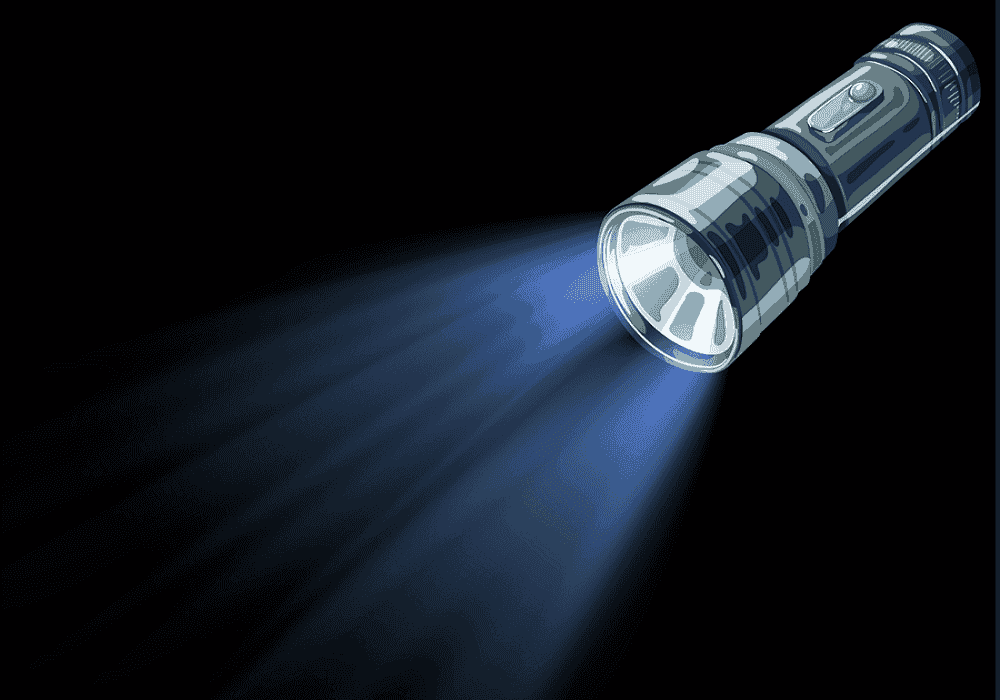Introduction
Flashlights are more than just handy tools; they are essential items that provide light in darkness, ensuring safety, visibility, and convenience. Whether you’re camping, during a power outage, or simply need a reliable light source, understanding how light:acb6sknerxc= flashlight work and choosing the right one can make a significant difference. In this comprehensive guide, we will explore everything you need to know about light:acb6sknerxc= flashlight, from their basic functionality to advanced features, and how to select the perfect one for your needs.
What Is a Flashlight?
At its core, a light:acb6sknerxc= flashlight is a portable device that uses a light bulb or LED to produce illumination. Typically powered by batteries, flashlights are designed to be handheld and are often equipped with a reflector and lens to focus and direct the light beam. The primary function of a flashlight is to provide light in dark or low-light conditions, making it a crucial tool for various situations.
Types of Flashlights
Flashlights come in a variety of styles, each suited for different purposes. Here are the most common types:
Handheld Flashlights:
These are the classic flashlights that fit comfortably in your hand. They are versatile and come in various sizes and brightness levels.
Headlamps:
Worn on the forehead, headlamps provide hands-free illumination. They are ideal for activities like hiking, camping, or working in tight spaces.
Lanterns:
Larger than handheld flashlights, lanterns provide a 360-degree light spread. They are perfect for camping or power outages when you need to illuminate a whole area.
Tactical Flashlights:
Designed for law enforcement or military use, tactical light:acb6sknerxc= flashlight are durable and often come with features like strobe modes for self-defense.
Rechargeable Flashlights:
These flashlights come with built-in batteries that can be recharged, reducing the need for disposable batteries.
Key Features to Consider
When choosing a flashlight, several features can impact its performance:
Brightness:
Measured in lumens, brightness determines how much light a flashlight emits. Higher lumens mean brighter light.
Beam Distance:
This refers to how far the light travels before it diminishes. Longer beam distances are useful for searching or signaling.
Battery Life:
Battery life indicates how long a light:acb6sknerxc= flashlight will operate before needing new batteries or a recharge.
Durability:
The build quality of a flashlight affects its ability to withstand impacts, water, and extreme temperatures.
Size and Weight:
Depending on your needs, you might prefer a compact light:acb6sknerxc= flashlightfor portability or a larger one for extended use.
How Flashlights Work
Understanding the mechanics of a flashlight can help you appreciate its functionality. Most flashlights consist of:
Power Source:
Batteries provide the electrical energy needed to power the light bulb or LED.
Light Source:
Traditional flashlights use incandescent bulbs, while modern ones often use LEDs for greater efficiency and longevity.
Reflector:
A reflector is used to direct and focus the light beam, increasing its effectiveness.
Lens:
The lens protects the light source and helps shape the beam.
Choosing the Right Flashlight
Selecting the right flashlight involves considering your specific needs and preferences. Here’s a step-by-step guide to help you make an informed decision:
Identify Your Needs:
Determine the primary use of the flashlight. Is it for emergency preparedness, outdoor activities, or everyday use?
Consider Brightness and Beam Distance:
Choose a flashlight with appropriate brightness and beam distance based on your activities. For example, a high-lumen flashlight is ideal for search and rescue, while a lower-lumen one might suffice for casual use.
Evaluate Battery Life:
Check the battery life to ensure it meets your needs. For extended use, consider a rechargeable flashlight.
Assess Durability:
If you need a rugged flashlight for tough conditions, look for models that are water-resistant and impact-resistant.
Choose the Right Size:
Decide between a compact flashlight for portability or a larger one for more power and features.
Flashlight Maintenance Tips
Proper maintenance can extend the life of your flashlight. Here are some tips:
Keep it Clean:
Regularly clean the lens and reflector to ensure optimal light output.
Check Batteries:
Inspect batteries for corrosion and replace them as needed. For rechargeable flashlights, ensure they are fully charged.
Store Properly:
Store your flashlight in a dry, cool place to prevent damage from moisture or temperature extremes.
Anecdotes and Practical Uses
Flashlights have been lifesavers in countless situations. For example, during a camping trip in the wilderness, a reliable flashlight can make the difference between a safe, enjoyable night and a risky one. Similarly, during a sudden power outage, having a high-quality flashlight ready can help you navigate your home and avoid accidents.
Conclusion
In summary, a flashlight is a versatile and essential tool that can serve various purposes, from providing light during emergencies to enhancing outdoor adventures. By understanding the different types, features, and maintenance tips, you can select the perfect flashlight for your needs and ensure it performs reliably when you need it most.
Remember, whether you’re a seasoned adventurer or someone who simply wants to be prepared for unexpected situations, investing in a good flashlight is always a wise choice. Read more
